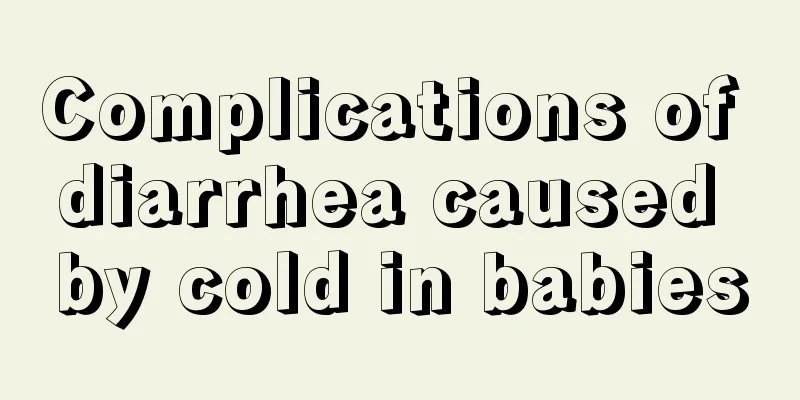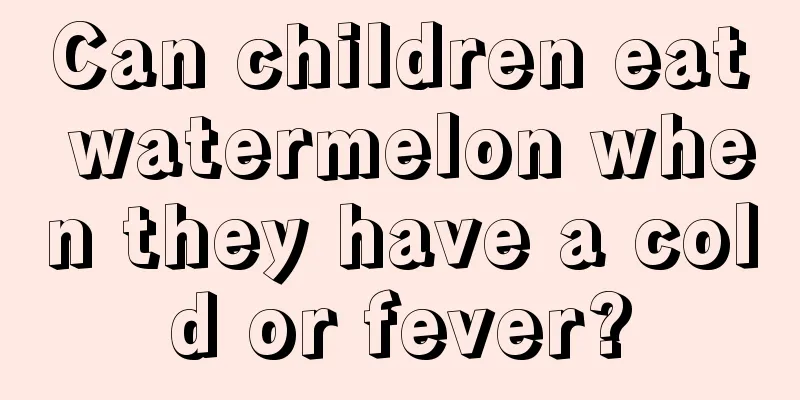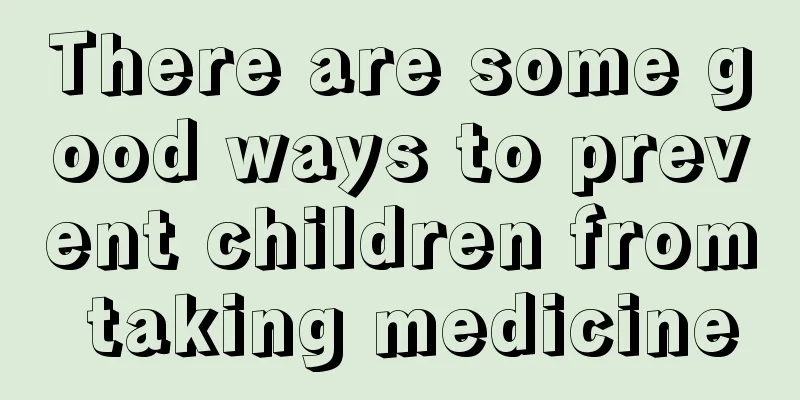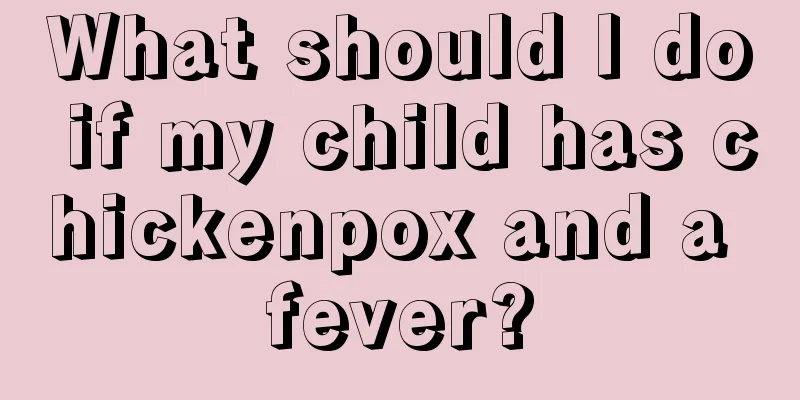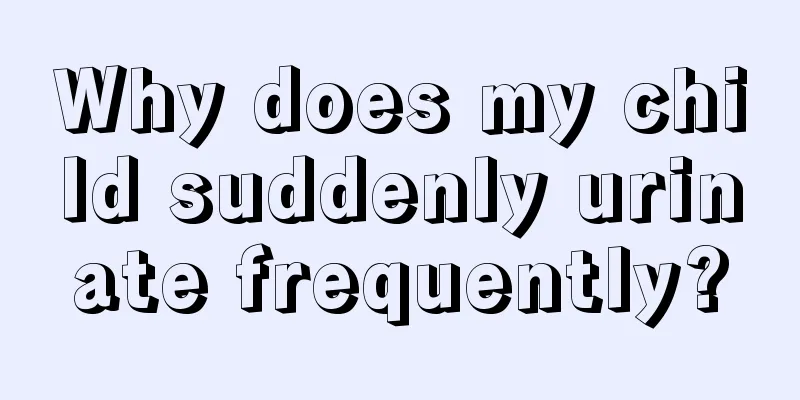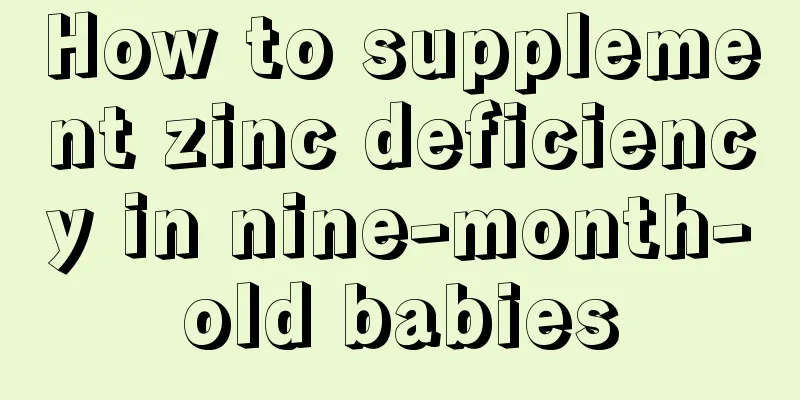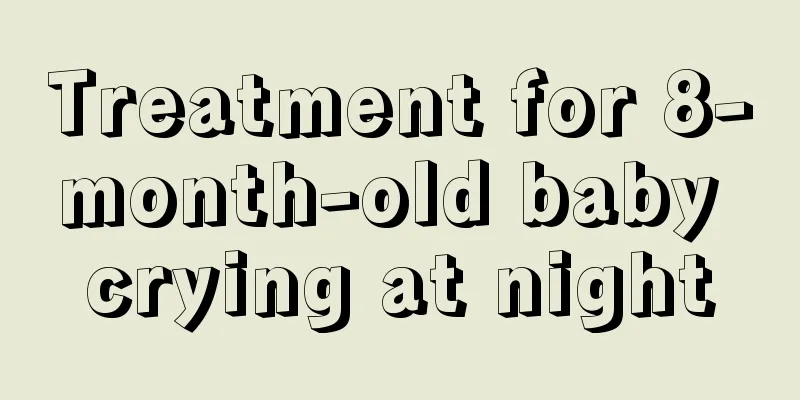Why is the child panting and hot?
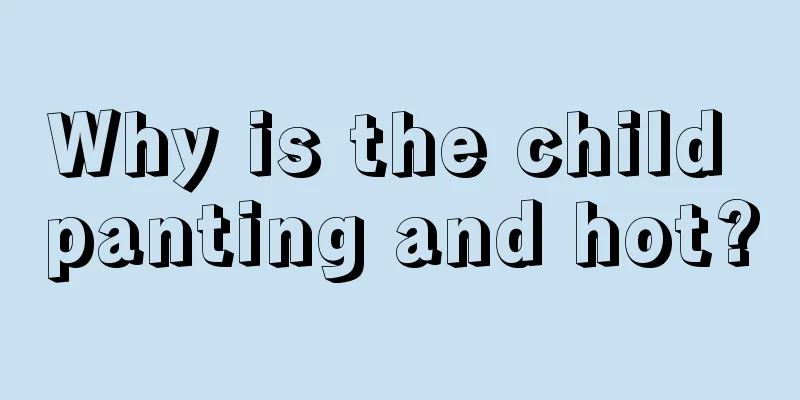
|
Many parents will find that the breath their children exhale is relatively hot. And there is also panting. This problem of breathing difficulties makes many parents worried. Because after all, there are any abnormal conditions. The impact on children may be quite large, so we will analyze and introduce it in detail below. What is the reason why the child is panting and hot? Dyspnea is an important symptom of respiratory insufficiency. It is a subjective feeling of insufficient air or labored breathing by the patient. Objectively, it is manifested as changes in respiratory rate, depth, and rhythm. According to the main pathogenesis, dyspnea can be divided into the following 5 types: 1. Pulmonary dyspnea: caused by respiratory organ lesions, mainly manifested in the following 3 forms: 1) Inspiratory dyspnea: manifested as wheezing, depression of the sternum, supraclavicular fossa and intercostal space during inspiration - the three-depression sign. Common in laryngeal and tracheal stenosis, such as inflammation, edema, foreign bodies and tumors. 2) Expiratory dyspnea: prolonged expiratory phase, accompanied by wheezing, seen in bronchial asthma and obstructive pulmonary disease. 3) Mixed dyspnea: seen in pneumonia, pulmonary fibrosis, large pleural effusion, pneumothorax, etc. 2. Cardiogenic dyspnea: common in cardiogenic pulmonary edema caused by left heart failure, its clinical characteristics: 1) The patient has a history of severe heart disease. 2) Mixed dyspnea, more obvious in supine position and at night. 3) Medium and small wet gong sounds may appear at the lung bottom and vary with body position. 4) X-ray examination: abnormal changes in the heart shadow; congestion in the hilum and its vicinity or concurrent signs of pulmonary edema. 3. Toxic dyspnea: Acidosis caused by various reasons can increase carbon dioxide in the blood and reduce pH, stimulate peripheral chemoreceptors or directly excite the respiratory center, increase respiratory ventilation, and manifest as deep and large dyspnea; respiratory depressants such as morphine and barbiturates can also inhibit the respiratory center when poisoning, causing shallow and slow breathing. 4. Hematogenous dyspnea: Severe anemia can cause shortness of breath due to a decrease in red blood cells and lack of blood oxygen, especially after activity; in case of massive hemorrhage or shock, ischemia and a drop in blood pressure stimulate the respiratory center and cause dyspnea. No matter what kind of disease it is, we should pay attention to your analysis and understanding, because only after understanding the cause can we scientifically treat and solve it to avoid the adverse effects on him and the child's health as much as possible. We also hope that parents and friends can pay attention to various health care work in the process of taking care of their children. |
<<: Why does the child always gasp for air?
>>: How to Ignore a Child's Breathing Difficulty
Recommend
What is the cause of the blue vein on the baby's nose?
There are many blood vessels and organs in the hu...
What should I do if my baby keeps sneezing? Parenting experts introduce effective methods
For ordinary adults, sneezing occasionally is nor...
Is sunbathing useful for eczema?
Everyone knows that there are many skin diseases,...
Can congenital heart disease be cured?
Congenital heart disease is a disease that childr...
What causes knee pain in children?
Children are naturally more active, which makes t...
Reasons why babies cry at night
Some babies really torture their parents because ...
What to do with a three-year-old child's X-shaped legs
Children must pay close attention to their leg sh...
The child's head tilts to one side, which is torticollis
Some parents always find that their children'...
Chinese medicine for children's constipation
Constipation can happen to anyone, especially chi...
Exercises for weight loss in kids
Nowadays, not only some young people may suffer f...
How to let your baby dress himself? 9 tips for dressing your baby!
How to let your baby dress himself? 9 tips for dr...
Why do children feel sick when eating?
When feeding the baby, nausea symptoms are often ...
What to do if your baby has a red butthole
As we all know, in the process of caring for babi...
Why do children fear heat when sleeping?
Almost all children will have sweating on their f...
What is the best food for babies with thalassemia?
Thalassemia is related to genetics. Most children...
